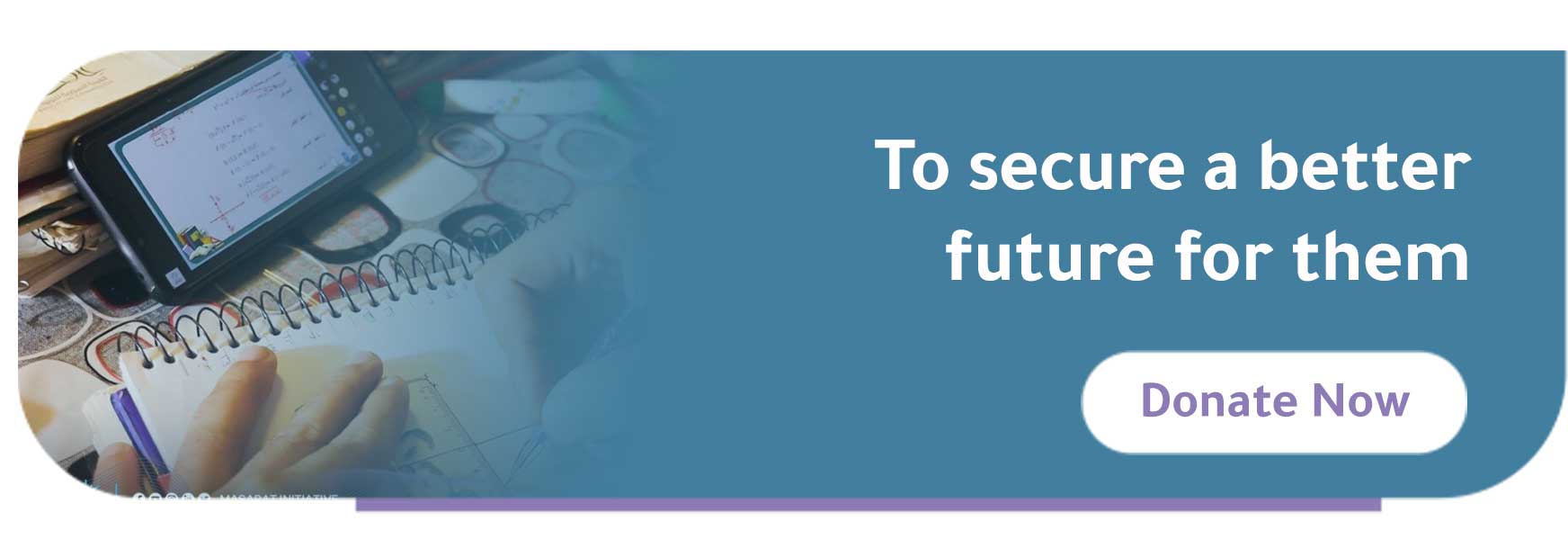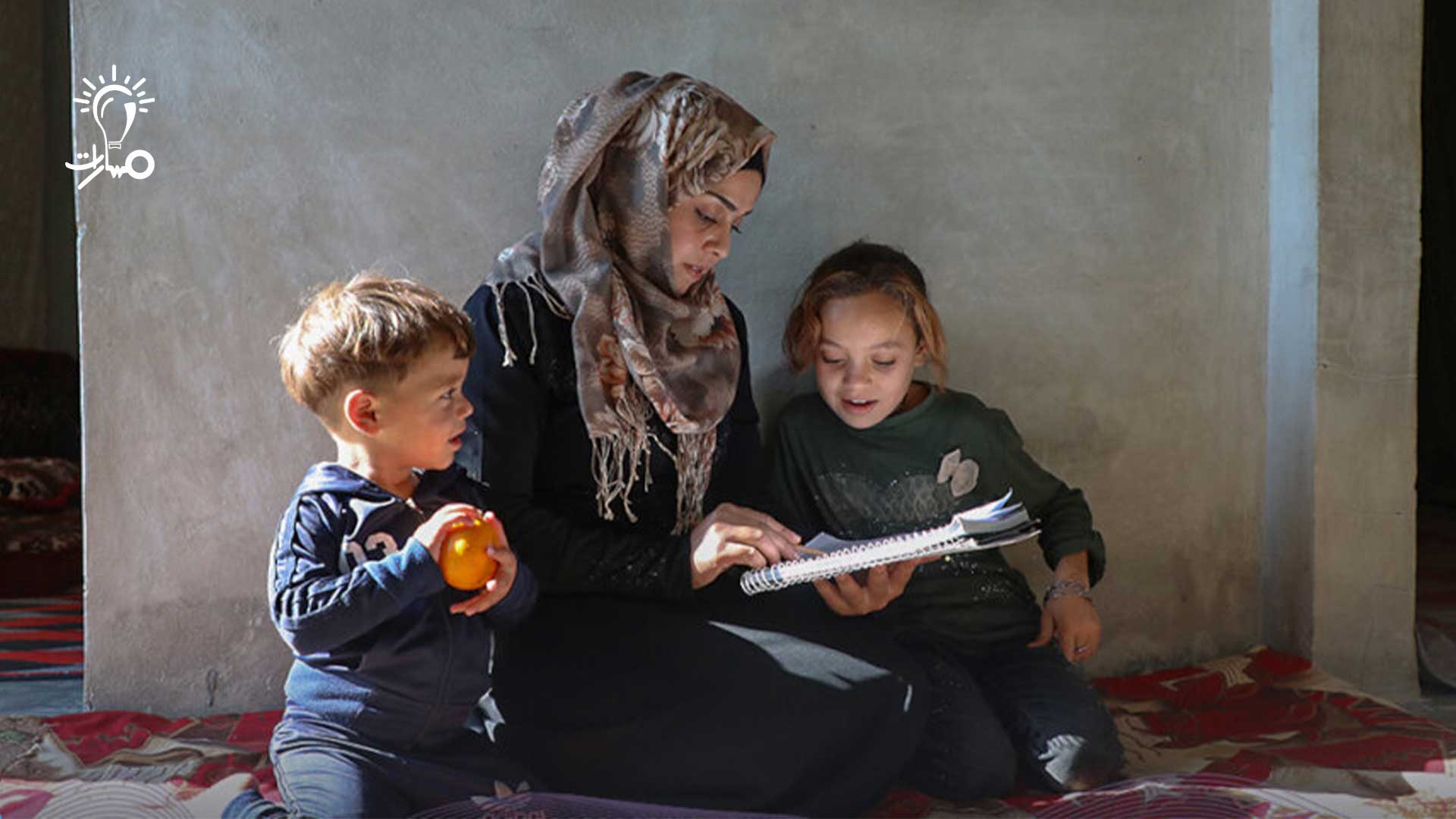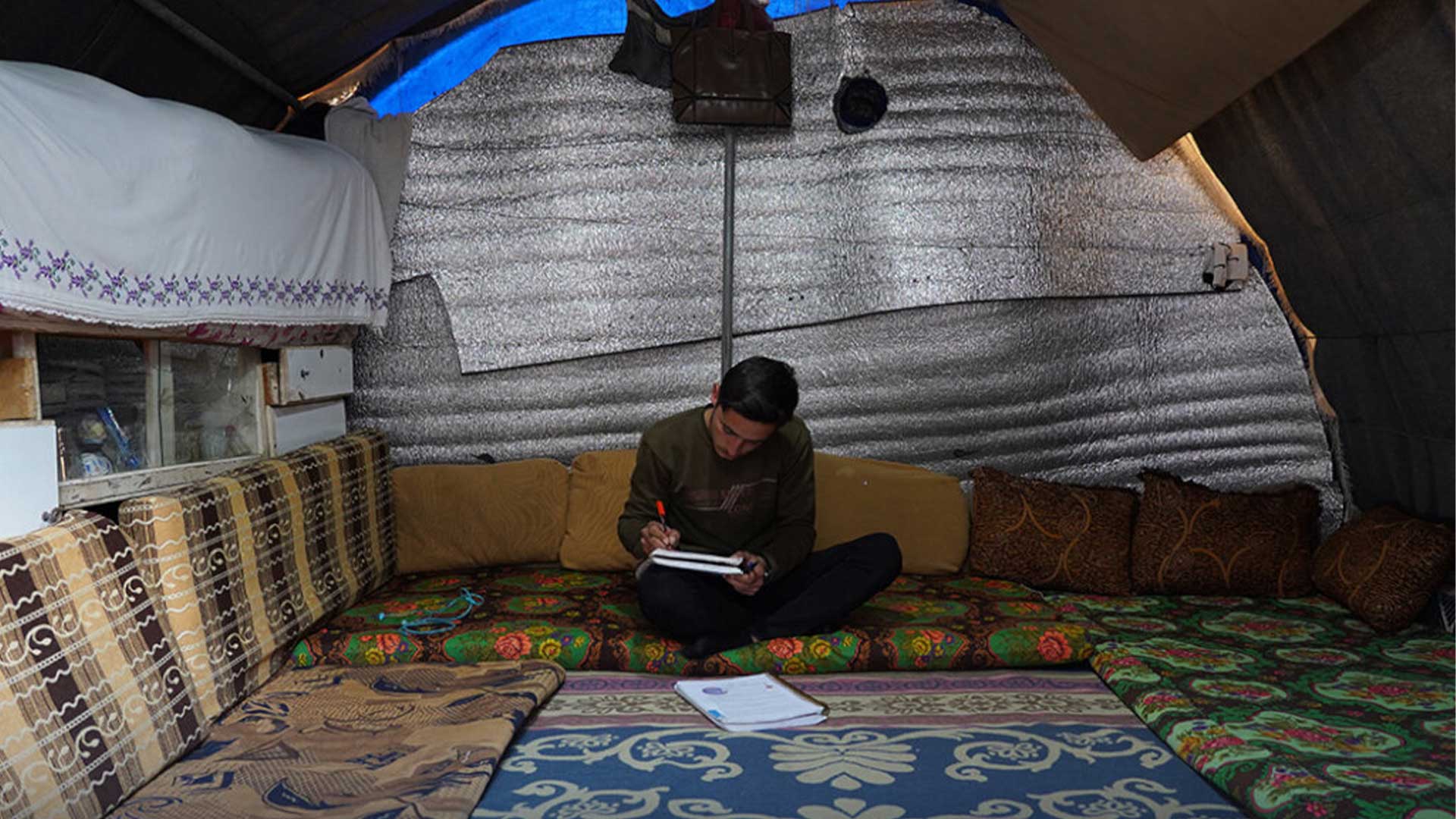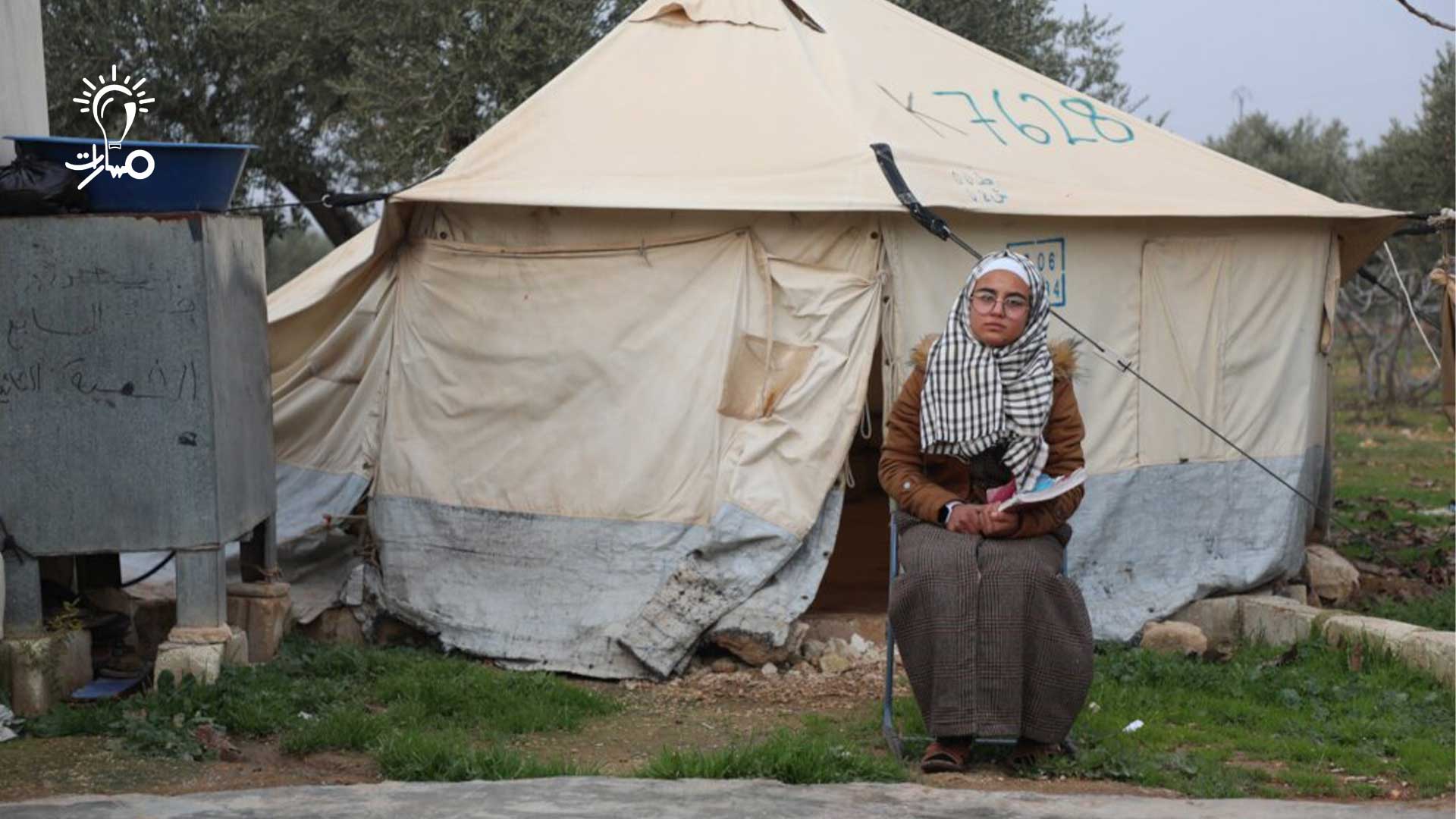Classroom questions are a set of teaching behaviors that teachers employ with precision, speed, and a high capacity to adapt to the dynamics of the teaching situation.
In this article, we will explore how to formulate and direct classroom questions in ways that stimulate critical thinking and enhance classroom interaction.
Learn innovative techniques that help improve student comprehension and engagement, achieving the best educational outcomes.
Key Aspects of Classroom Questions:
- Preparing the Question
- Directing the Question
- Waiting After Asking the Question
- Choosing the Student to Answer
- Listening to the Answer
- Waiting After Hearing the Answer
- Processing Student Answers
The Importance of Classroom Questions
Classroom questions are a fundamental skill for successful teachers.
A teacher who masters the art of questioning can deliver excellent teaching and achieve remarkable learning outcomes, effectively embedding information in students’ minds.
Educational scholar Honoré Duilzac once said, “The key to sciences, without dispute, is the question mark (?).”
The philosopher and teacher Socrates championed the motto: “Never stop asking questions.” Classroom questions are indispensable for all teaching methods.
They are a crucial tool for the mind to receive information, stimulating cognitive activity that leads to understanding, retention, and the development of discussion and dialogue skills among students.
No other method compares in boosting classroom interaction.
Objectives of Classroom Questions
- Continuous Reviews: Prevent forgetting by constant reviews.
- Trigger Learning Needs: Use previous information as a foundation.
- Prepare Students for New Lessons: Ready students for new material.
- Encourage Self-Discovery: Guide students to explore new information independently.
- Formative or Summative Assessment: Evaluate learning at different stages.
- Link Concepts: Connect lesson points or integrate with other subjects.
- Foster Various Thinking Types: Develop different thinking skills in students.
- Understand Student Feelings: Gauge student emotions, preferences, and attitudes.
- Manage Classroom Behavior: Maintain classroom discipline.
- Cultivate Desired Attitudes: Correct misconceptions and foster positive attitudes.
Types of Classroom Questions
The variety of questions is more critical than their number:
- Closed (Direct) Questions: Usually target lower levels of thinking. Benefits include:
- Enhancing Memory: Develop recall and memorization skills.
- Stimulating Basic Concepts: Facilitate understanding of fundamental concepts.
- Useful for Reviews: Effective for revisiting information.
Open Questions
- (Reflective or Divergent Thinking Questions): Examples include, “What do you think?” or “What if?”
- Develop Imagination: Stimulate creative thinking.
- Encourage Curiosity: Foster a love for inquiry.
- Promote Original Thinking: Enhance unique thought processes.
- Clarify Concepts: Make ideas clearer in the student’s mind.
- Long-term Memory: Solidify concepts in long-term memory.
- Encourage Broad Participation: Engage students of varying abilities.
- Support Brainstorming: Useful in brainstorming sessions.
Recall Questions: Ask for information retrieval in the same words.
Comprehension Questions: Require rephrasing information in the student’s words.
Application Questions: Involve using learned information in a new context.
Analysis Questions: Break down whole concepts into parts and understand their relationships.
Synthesis Questions: Combine ideas to create something new (e.g., summarize, design, construct, what-if scenarios).
Evaluation Questions: Require judgments or opinions based on subjective or objective criteria (e.g., preferences, identifying errors).
:Probing Questions: These are questions that arise from a student’s response to a previous question.
Encouraging Probes: Help struggling or incorrect students discover their mistakes and reach the correct answer on their own.
Crafting Effective Classroom Questions
Advance planning is crucial, involving content analysis and consideration of questions at different stages of the lesson:
- Review
- Introduction
- Presentation and Discovery
- Formative Assessment
- Summative Assessment
Teachers should prepare a wide variety of:
- Oral Questions
- Board Questions
- Written Classroom Questions
- Homework Questions
Key Points for Effective Questions:
- Concise: Avoid lengthy questions that distract students.
- Focused: Ensure questions are clear and target main lesson points.
- Unambiguous: Use clear and comprehensible language to avoid multiple interpretations.
- Avoid Textbook Language: Encourage understanding over rote memorization.
- Limit Yes/No Questions: Reduce reliance on binary answers.
- Avoid Leading Questions: Ensure questions do not hint at answers.
- Appropriate Level: Match questions to students’ thinking levels and experiences.
- Inclusive: Address all student levels where possible.
- Scientific Value: Ensure questions have educational worth.
- Time Management: Ensure the number of questions fits the class period.
- Grammatical Accuracy: Ensure questions are linguistically correct.
Questions can be framed using interrogatives like how, where, when, why, how many, who, what, or imperative verbs like analyze, compare, classify, link, suggest, observe, explain, describe, or interpret.
Questioning Skills
When:
Start of Class: For reviews, to recall prior knowledge required for new lessons.
Duri ng Lesson: After each segment, for formative assessment.
End of Class: For summative assessment and to capture the attention of a disruptive student.
How:
Engage All Students: Address questions to the entire class before choosing a respondent.
Clear and Audible: Use a clear voice, body language, and varied tones with a brief pause (3-5 seconds) for students to process the question.
Target Diverse Students: Focus on both active and passive students, calling them by name when chosen to answer.
Avoid Predictable Sequences: Prevent students from focusing only on questions directed at them by not following a set sequence.
Handling Student Answers
Avoid Group Responses: They often diminish focus among weaker students.
Encourage Polite Hand Raising: Students should raise their hands calmly and seek permission to speak.
Respectful Listening: Teachers should show interest in each answer without interruption.
Positive Reinforcement: Praise correct answers, repeat them for emphasis, and encourage other students to repeat them to engage the class.
Broad Participation: Solicit input from multiple students, sometimes asking one to write on the board for further discussion.
If a Student Struggles to Answer or Makes a Mistake
Do not frown at them, criticize, or mock them. Do not allow classmates to ridicule them either. It is best to provide a justification for their error.
Phrases to use:
- “This is not the expected answer; I need a more precise one.”
- “Your answer shows some thought, but it is not quite right.”
- “Your participation is good, and it would be even better if you adjust it. Who can help improve it?”
- Do not praise an incorrect answer to avoid confusing students about what is right and wrong.
- Do not move on to another student immediately.
- Teachers can rephrase the question using simpler terms.
Additionally, the question can be broken down into smaller, more manageable parts. A follow-up, easier question related to the original topic can also be given, serving as a stepping stone to the correct answer.
Author: S. Salim Hamad, Arabic Language Teacher at Masarat Initiative







